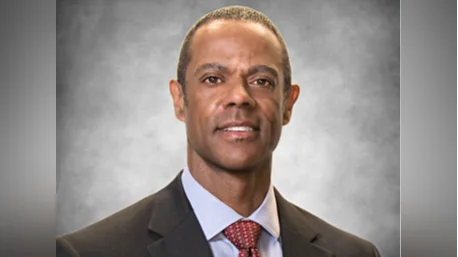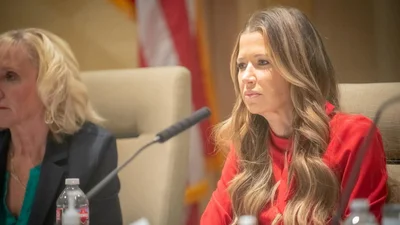Jason R. Bowie, Cabinet Secretary | New Mexico Department of Public Safety
Each year, the New Mexico Department of Public Safety Law Enforcement Academy offers four sessions of the Public Safety Telecommunicator training. Up to 30 students per session take part in this program, which is designed for dispatchers working at city, county, state, federal, or tribal government levels across New Mexico. The state was the first in the U.S. to require formal training for telecommunicators.
Barbara Schalkofski, lead telecommunicator and instructor at the department, explained the importance of preparation: “It is crucial for dispatchers to be prepared for anything at all times. They must be ready to handle almost anything that citizens and officers may present. This course equips them to manage real-life scenarios when they enter the field.”
The academy has been offering this training since 1976 and is now concluding its 169th class. The curriculum begins with instruction from the Association of Public Communications Officials framework and progresses through topics such as handling 911 calls, mental health issues, legal matters, use of the National Crime Information Center system, fire and emergency medical services procedures, fire extinguisher use with guidance from state fire officials, and critical incident management involving hazardous materials in collaboration with the New Mexico State Police. Training ends with four practical exercises based on real-world situations and a final examination.
Schalkofski added: “We teach them how to use Computer Aided Dispatch and how to multitask—being able to talk on the radio and on the telephone at the same time. They are trained to assist in a wide range of different situations. While they may not know everything, they have taken the initiative to learn in order to help the citizens in their community—that’s why they are here.”
The team responsible for delivering this instruction includes Kelly Hampton and Greg Archuleta Lynch alongside Schalkofski. She described her colleagues by saying: “They are stellar instructors. Together we have an amazing cadre to teach this curriculum.”
Recent updates to the course include CPR certification, racial sensitivity education, and Peer-to-Peer training where staff members learn how to support each other.
Schalkofski provided an example scenario used during training: a tanker truck overturns resulting in a gasoline spill; trainees must apply Critical Incident Command System protocols to manage resources and public safety response.
Graduates of this program sometimes pursue further careers within law enforcement agencies. Julie Silva completed both this dispatcher course in 2022 and recently finished police officer basic training before joining Santa Fe County Sheriff’s Office.
Requirements for becoming a dispatcher include being at least 18 years old with a high school diploma or GED; candidates must type 35 words per minute accurately and pass background checks as well as drug and hearing tests. Dispatchers generally work full-time hours with overtime available.
Those interested can contact recruiters by email at communication.recruiting@dps.nm.gov or call recruitment offices in Las Cruces (505-629-3807), Albuquerque (505-316-3122), or Las Vegas (505-652-8302). The next session will take place from February 9–27, 2026.






